How to taste the different flavors and tastes of a cup of hand-made coffee?
Professional coffee knowledge exchange more coffee bean information please follow the coffee workshop (Wechat official account cafe_style)
With the rise of the third wave of boutique coffee culture in recent years, more and more people love "single coffee". The so-called "single coffee" refers to the coffee beans processed from the coffee fruit from a single producing area, not by excessive baking, but by a shallow baking method, showing the most authentic local taste of the coffee fruit (coffee cherry).
The brewing method of hand-brewed coffee (pour over) was invented by a German housewife Bentz Melitta, and it has flourished all over the world over the years with the rise of the concept of "single coffee". The editor selfishly thinks that hand-brewed coffee is the best way to show the original style of individual coffee. Its cooking method is simple, but it can directly set off the most primitive flavor of coffee beans.
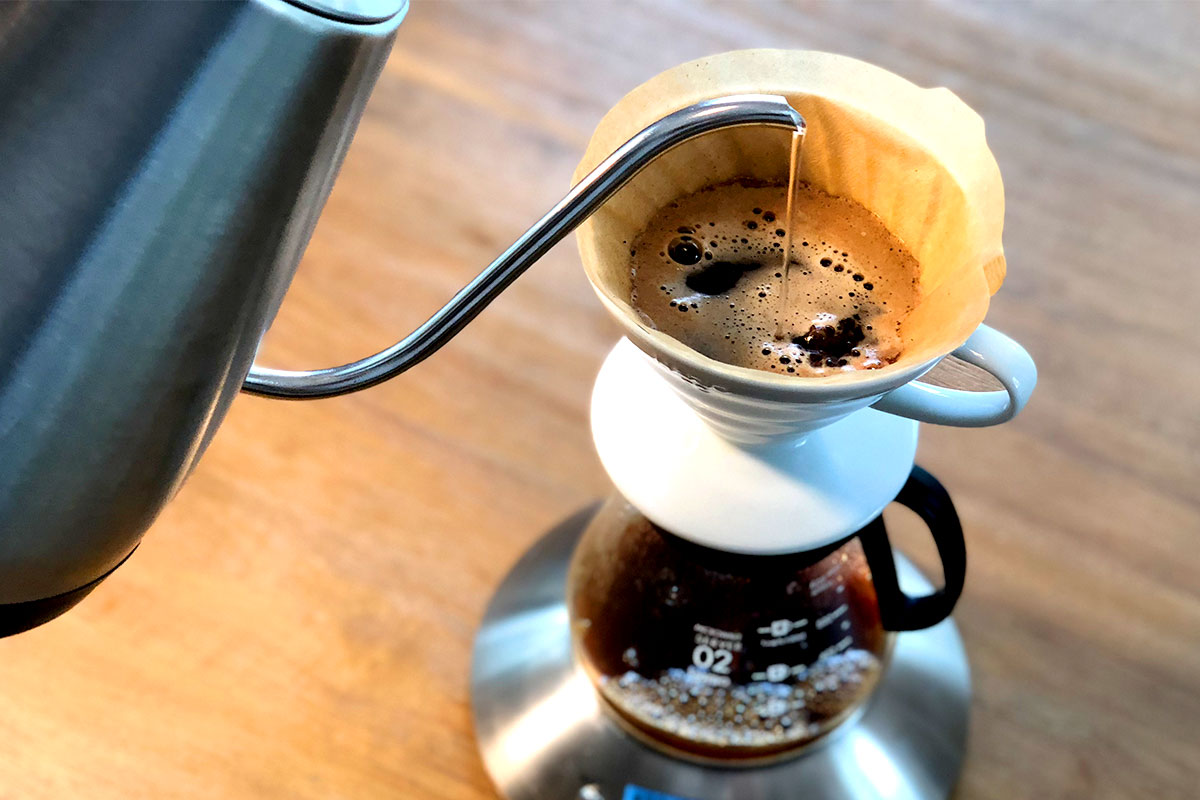
We have introduced a lot about the brewing skills of hand-made coffee before. today, let's talk about tasting it. How can a good cup of hand-brewed coffee taste its different flavor and taste?
Grind fresh coffee beans and smell the dry aroma of coffee powder first.
Smell the wet aroma of brewed coffee after brewing.
Take a sip of brewed coffee without sugar and milk to feel the taste in the mouth
Gently slide back and forth with your tongue to experience the taste and texture of coffee.
Then close your mouth and breathe through your nose to feel the mellow aftertaste of the coffee.
How to taste the color and aroma of hand-brewed coffee?
Fragrance
Aroma is not only the life of coffee quality, but also the best expression of coffee production and roasting technology, as well as the climate, elevation, variety, refined treatment, harvest, storage, and whether the roasting technology of the consuming country is appropriate. The aroma of coffee was proved to be composed of acid, ethanol, aldehyde, ketone, vinegar, sulfur compound, phenol, nitrogen compound and nearly hundreds of volatile components by gas chromatography. Generally speaking, fat, protein and sugars are important sources of aroma, while lipids blend with the sour and bitter of coffee to form a smooth taste. Therefore, the disappearance of fragrance means that the quality is getting worse, and the relationship between aroma and quality is very close.
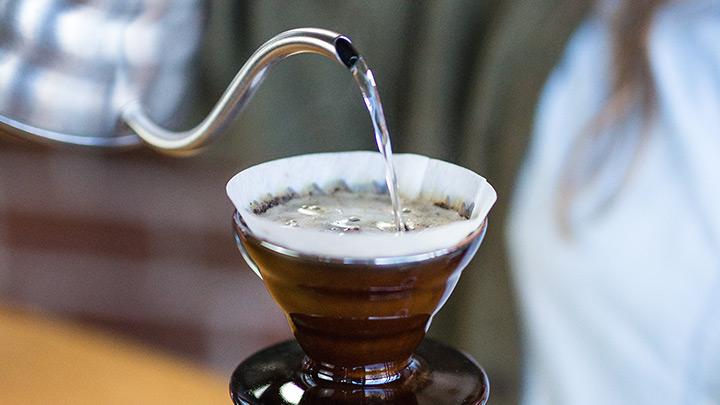
Bitter taste
The basic taste of coffee is the strength of bitterness and the texture of bitterness. Raw beans contain only a very small amount of bitterness, followed by sugar, part of starch, caramelization and carbonization of fiber, resulting in the most symbolic bitterness of coffee. Caffeine, one of the bitter components, is also an important substance showing the pharmacological characteristics of coffee, and its content varies according to its type, refining and roasting degree.
Generally speaking, coffee with strong sour taste will have a weak bitter taste, while coffee with bitter taste as the main body is prone to lack of sour taste, so the proportion of sour taste and bitter taste gives room for the development of coffee taste. The bitter taste mainly depends on the baking time, the strength of firepower and the appropriateness of firepower.
Mellow and sweet
Generally speaking, we use strong alcohol to show the round, mellow and strong taste of coffee. The unique sweetness of high-quality coffee is related to the bitter taste, so the refreshing taste must have a sweet taste. In the baking process, sucrose and glucose and other carbohydrate products, in the process of baking and follicles, if the heat treatment is excessive, the sweetness is easily lost.
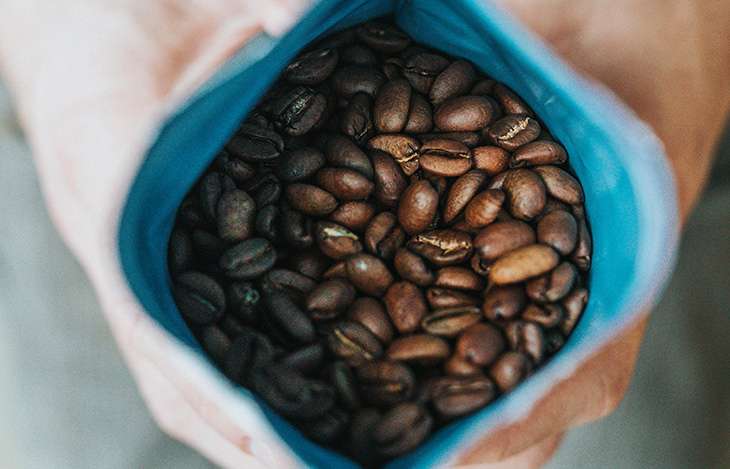
Other items that should be evaluated:
Clean-coffee is not rustic, not wild, and has no flaws and dazzling features.
Balance-features that are complex and interesting enough, but none that stand out.
Texture, taste-texture refers to the thick and slippery touch of coffee in the mouth, which is proportional to the amount of colloid suspension in the coffee. As the whole mouth will feel the texture, we use "rich", "mellow" to describe the thick coffee, otherwise use "thin". Thin coffee tastes like wine or lemonade, while rich coffee tastes like full-fat fresh milk or syrup.
Complexity-refers to the different levels of characteristics that coexist in the same cup of coffee, high complexity, indicating that you can feel a wide variety of sensory stimuli; it is important to note that these feelings include the aftertaste and are not necessarily limited to the present feeling when drinking.
Depth-this is a more subjective adjective that refers to resonance and appeal beyond sensory stimulation, which may be caused by meticulous feelings or complex interactions between different senses.
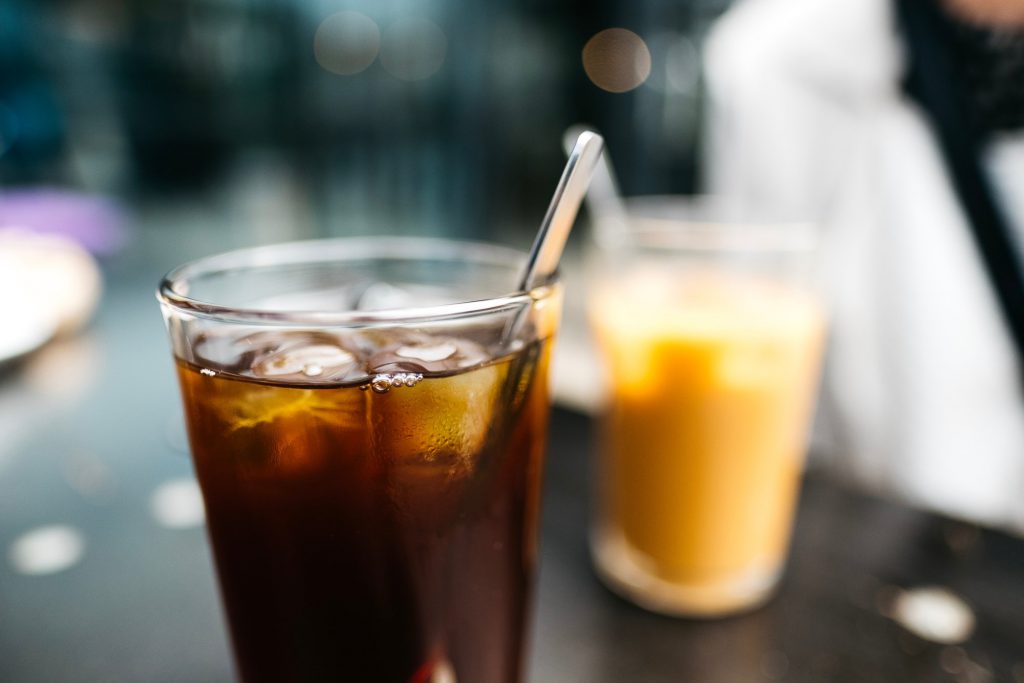
In fact, the editor thinks that drinking coffee, swallowing it down the throat and waiting for the bitter aftertaste is one way, but it is actually more likely to be another life proposal for savoring life. Are you tired from work? Slow down and have a cup of hand-made coffee and relax!
END
Important Notice :
前街咖啡 FrontStreet Coffee has moved to new addredd:
FrontStreet Coffee Address: 315,Donghua East Road,GuangZhou
Tel:020 38364473
- Prev
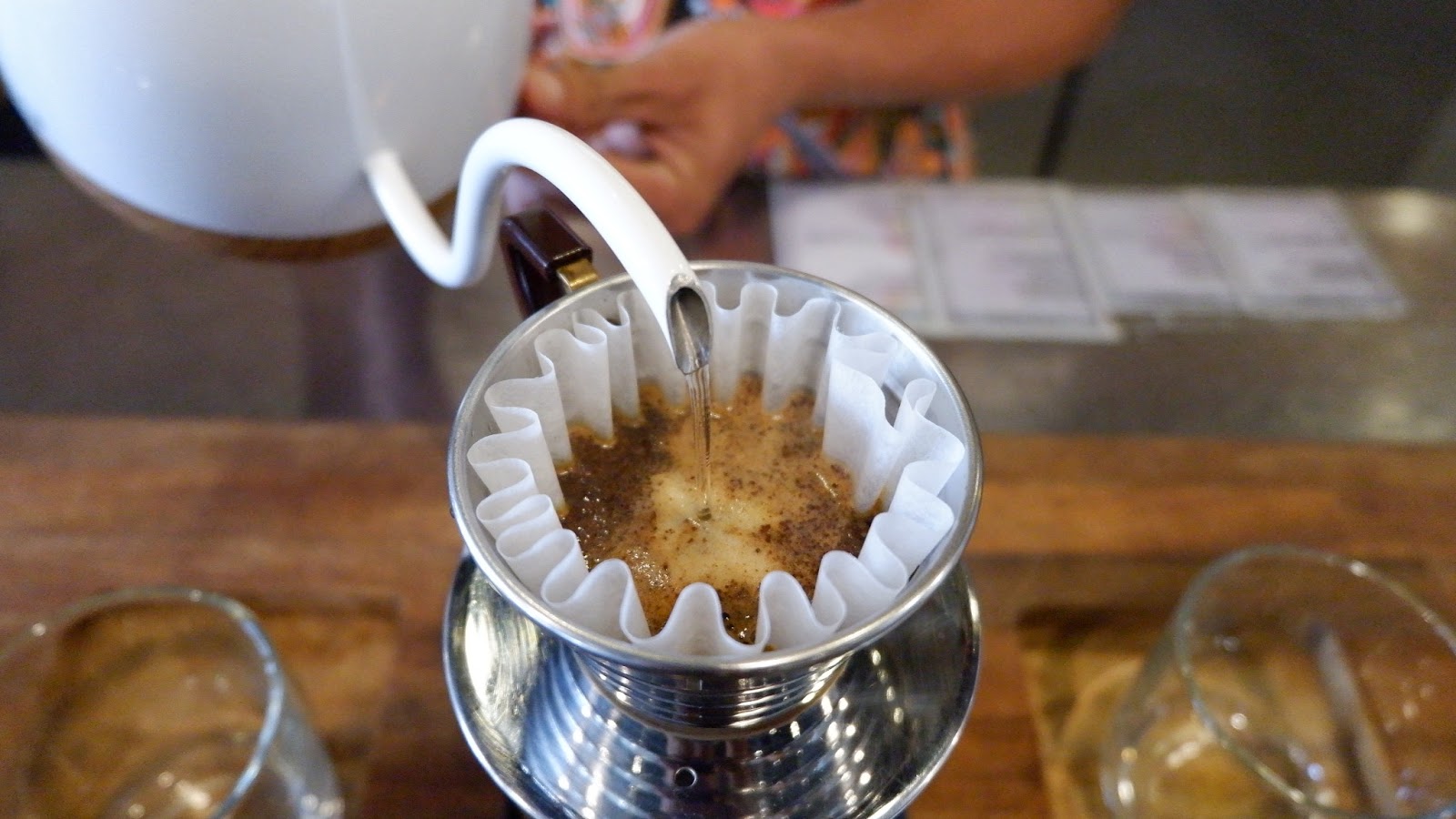
An introduction to brewing for beginners-- how to make a satisfactory cup of coffee at home
For some people, a cup of coffee is perfect when you get up in the morning, but there are many ways to make your own coffee. Whether you use an automatic coffee machine, a French press, or a hand brewer, keep in mind that there are many factors that can affect the flavor of your coffee.
- Next
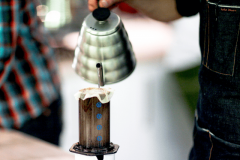
Comparison of nine common coffee brewing methods. What's the best way to make coffee?
Professional coffee knowledge exchange more coffee bean information Please pay attention to the coffee workshop (Wechat official account cafe_style) the advantage of hand-made coffee is that it does not pick coffee beans at all, and it does not take a short time to extract like a mocha pot, so it is not easy to drink layers of taste if the taste buds are dull. No matter what kind of coffee beans from any country, you can drink this kind of coffee.
Related
- Beginners will see the "Coffee pull flower" guide!
- What is the difference between ice blog purified milk and ordinary milk coffee?
- Why is the Philippines the largest producer of crops in Liberia?
- For coffee extraction, should the fine powder be retained?
- How does extracted espresso fill pressed powder? How much strength does it take to press the powder?
- How to make jasmine cold extract coffee? Is the jasmine + latte good?
- Will this little toy really make the coffee taste better? How does Lily Drip affect coffee extraction?
- Will the action of slapping the filter cup also affect coffee extraction?
- What's the difference between powder-to-water ratio and powder-to-liquid ratio?
- What is the Ethiopian local species? What does it have to do with Heirloom native species?

